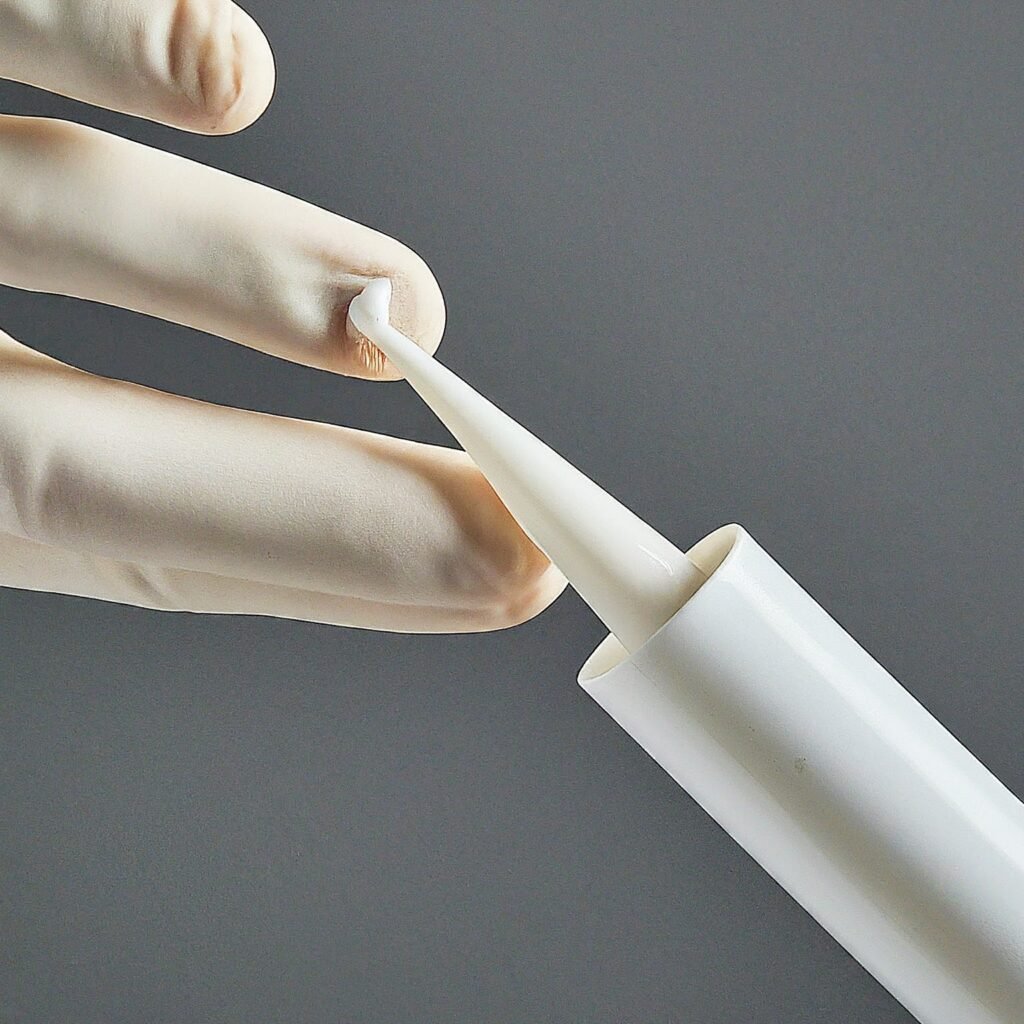Silicone sealant is a versatile tool in both home repair and industrial applications, known for its strong adhesion and waterproof properties. When it comes to application, one common question arises: does the surface need to be dry for silicone to adhere properly? This is crucial when dealing with repairs in areas that are prone to moisture like bathrooms and kitchens or in outdoor settings.
Generally, it is not recommended to apply silicone to a wet surface. For optimal adhesion, the surface should be dry. Silicone’s ability to bond effectively can be significantly reduced if the surface is wet, leading to weaker seals and potential failures in waterproofing.
Understanding the right conditions for applying silicone will ensure that it functions correctly for its intended purpose.
Why Does the Surface Need to Be Dry?
Silicone adheres best to surfaces that are clean, dry, and free of any debris. Moisture can interfere with the curing process of silicone. When silicone is applied to a wet surface, it may not stick well, which can cause it to peel off or not seal properly.
What Are the Risks of Applying Silicone on a Wet Surface?
Applying silicone on a wet surface can lead to several problems:
- Poor adhesion: Silicone may not stick to the surface adequately, compromising the seal.
- Slower curing time: Moisture can alter the curing rate of silicone, delaying the time it takes for the silicone to set fully.
- Compromised integrity: The final seal might be weaker, less flexible, and more susceptible to leaks.
Are There Any Exceptions?
Some silicone products are specifically formulated to adhere to damp surfaces. These are often labeled as “wet surface” or “underwater” silicone. If your project involves a surface that cannot be dried easily, look for these specialized products.

How Should You Prepare a Wet Surface for Silicone Application?
If you must apply silicone to a surface that is typically damp, take the following steps to prepare it:
- Dry the surface as much as possible: Use towels, cloths, or even a heat gun or hair dryer to remove surface moisture.
- Clean the area thoroughly: Ensure the surface is free from dirt, grease, and oils. Use a cleaner that does not leave a residue.
- Apply a primer if necessary: Some surfaces may require a primer to improve silicone adhesion, especially in extremely wet conditions.
How to Apply Silicone for Maximum Adherence?
To ensure maximum adherence of silicone:
- Cut the nozzle at a 45-degree angle: This allows for smoother application.
- Apply in a steady, continuous bead: Avoid stopping and starting, which can create gaps in the sealant.
- Smooth the silicone: Use a wet finger, damp cloth, or special tool to smooth the silicone bead for a clean finish.
What Conditions Are Best for Applying Silicone?
The best conditions for applying silicone are:
- Dry: No visible moisture should be on the surface.
- Clean: Free from dust, dirt, and oils.
- Stable temperature: Extreme temperature fluctuations can affect silicone’s curing process.
Can You Speed Up the Curing Process?
While you can’t drastically speed up the curing process, you can ensure optimal conditions to prevent delays. Keep the area ventilated and maintain a stable temperature. Avoid applying silicone in very humid or cold conditions.
Conclusion
While applying silicone to a wet surface is possible with specific products, it’s generally best to apply it to a dry surface to ensure durability and effectiveness. Preparing the surface properly and choosing the right silicone type will help create a lasting seal.